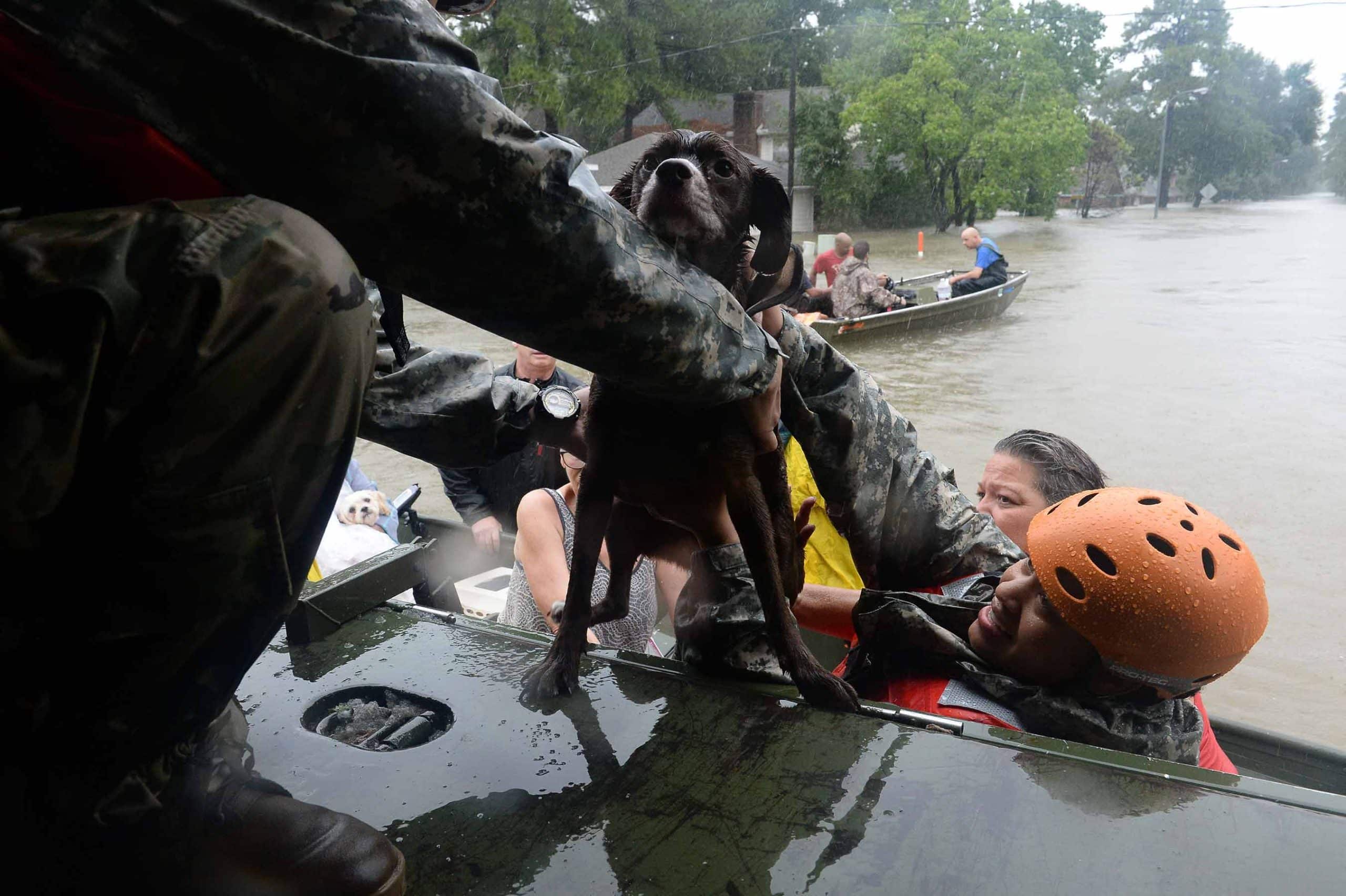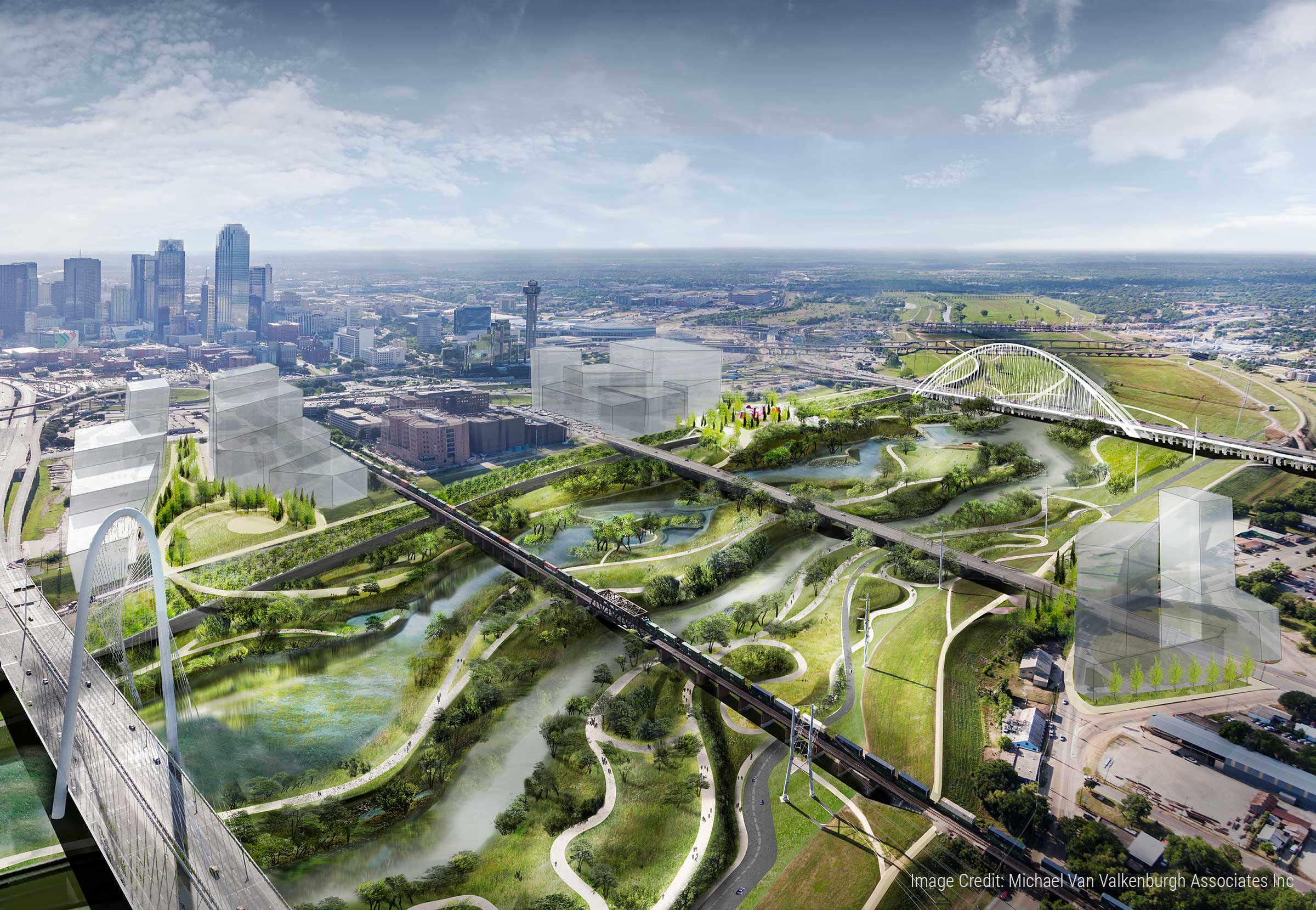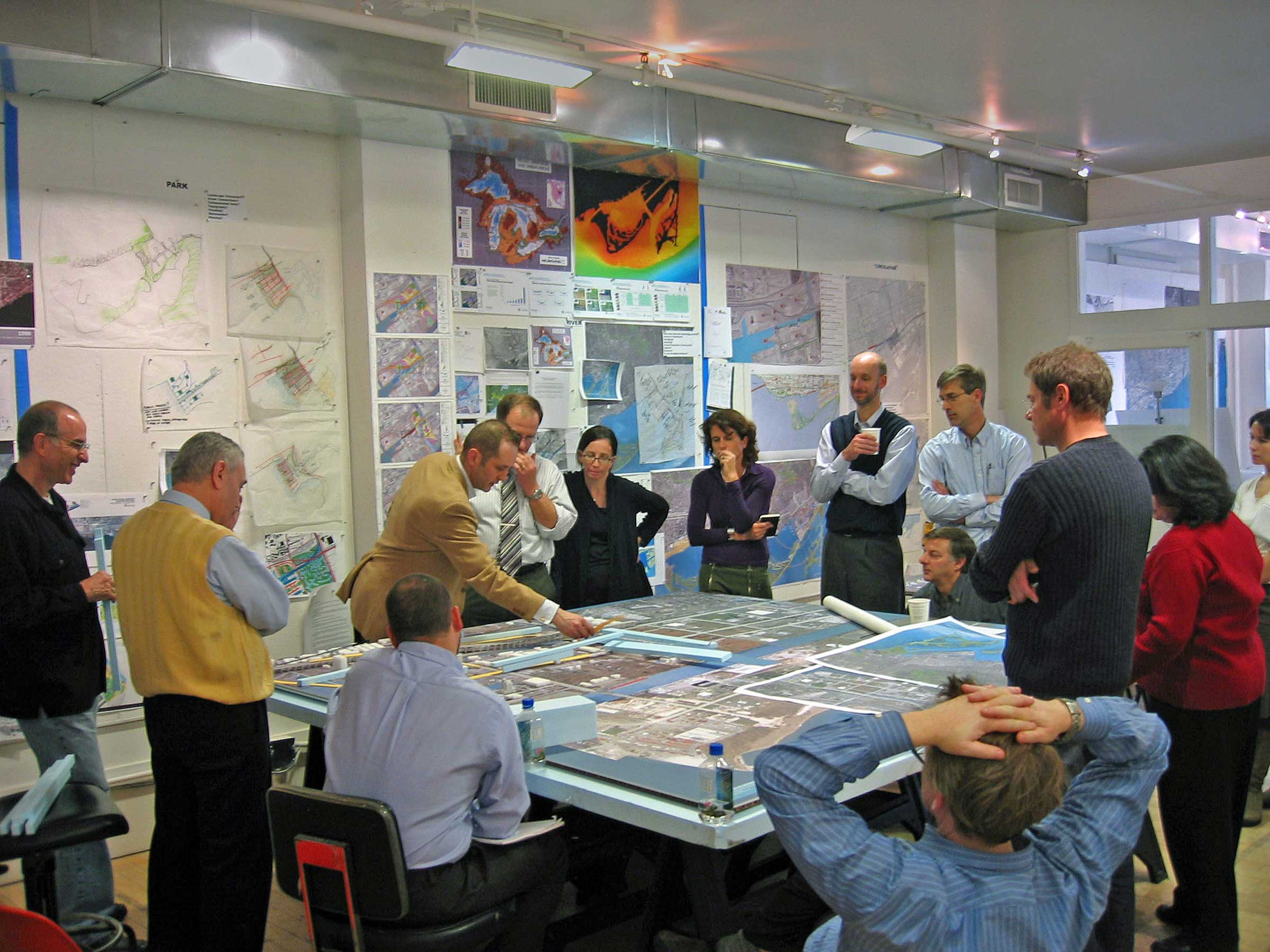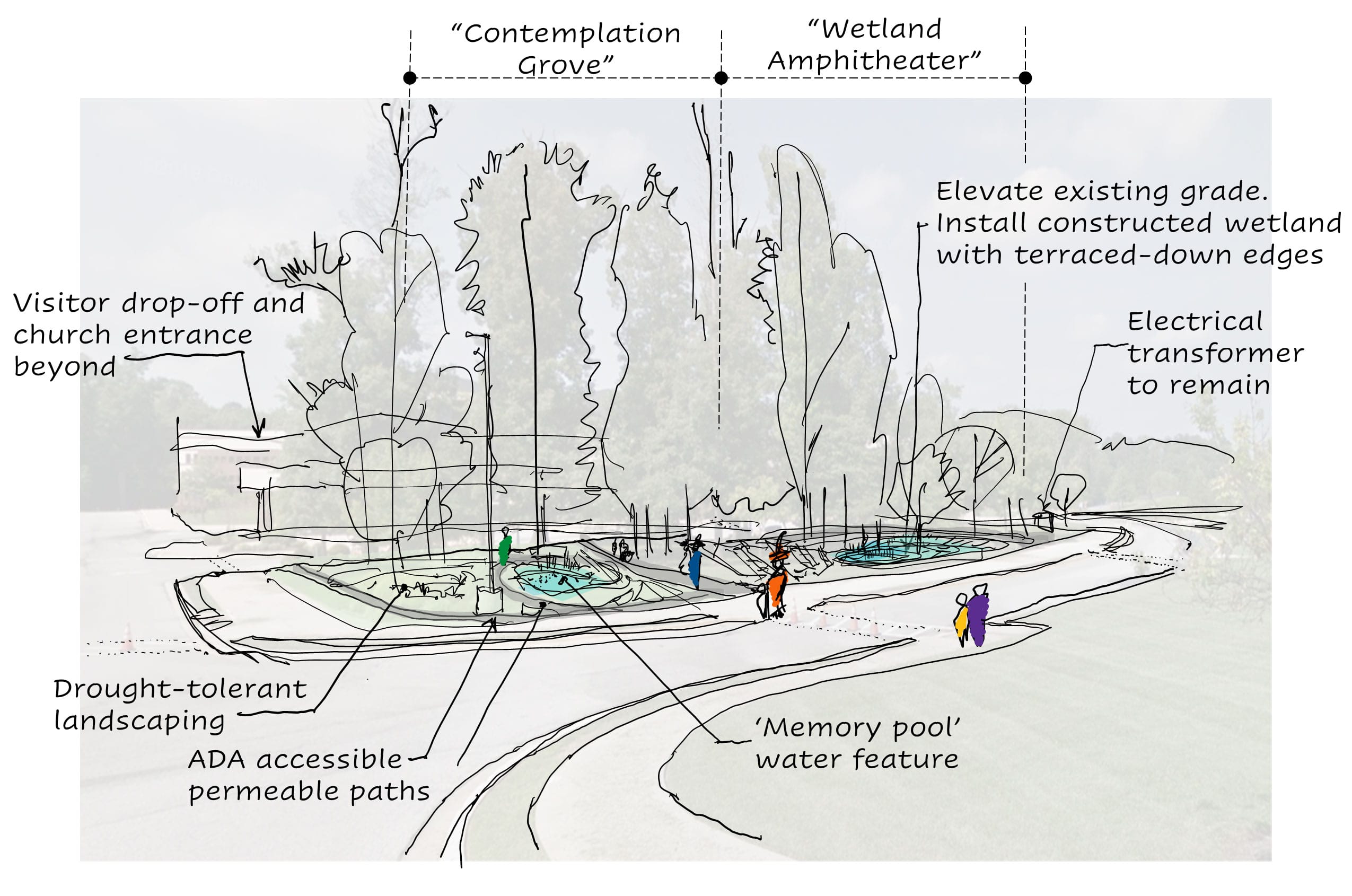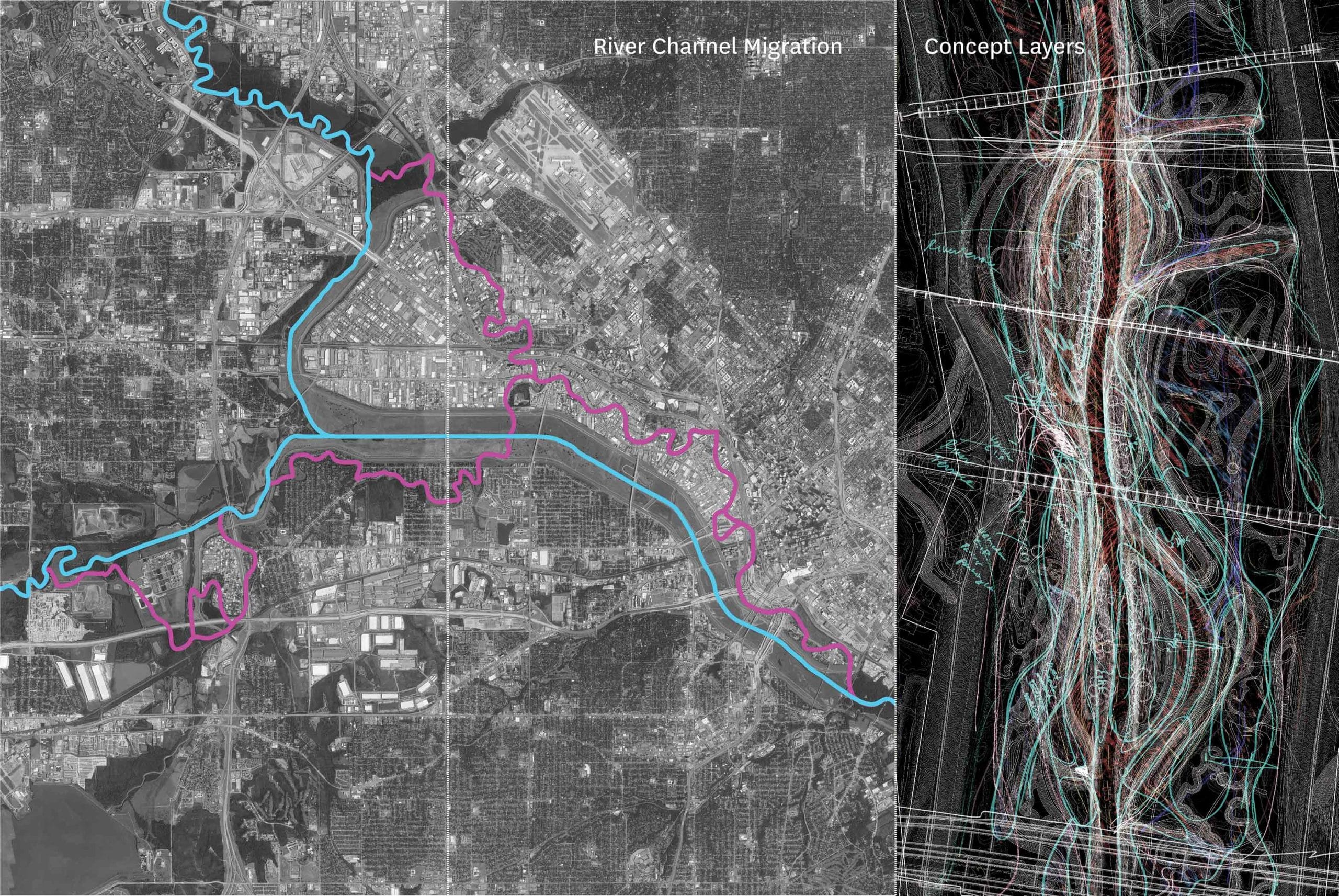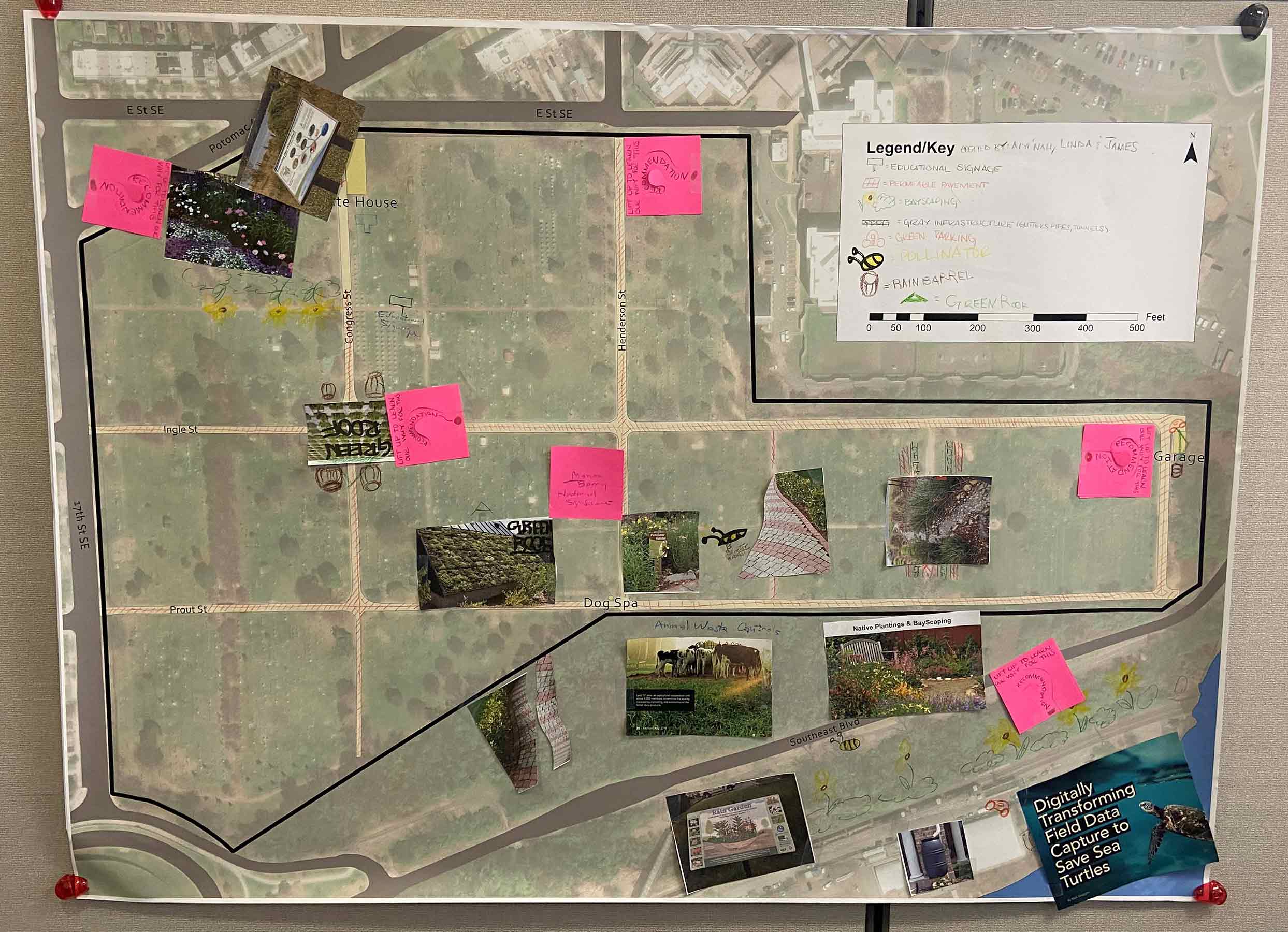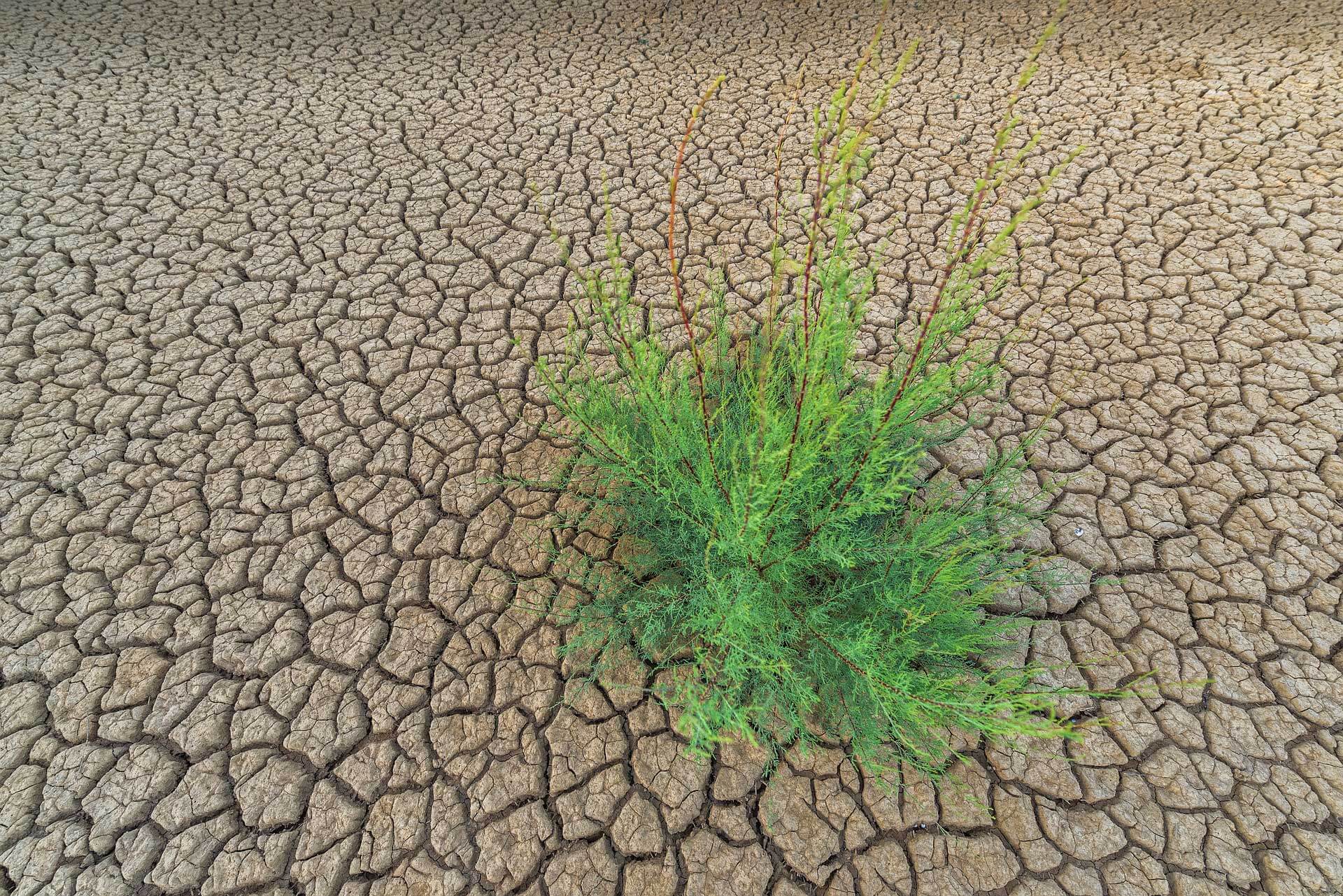Climate Change Impacts, Planning & Adaptation
Our clients are experiencing the effects of climate change in their communities and want to take action. They look to us to help them find answers. At LimnoTech, we leverage our experience and expertise in urban waterfronts, watersheds, and waterways to work with interdisciplinary teams to deliver precedent-setting, climate-adapted, resilient projects through nature-based solutions (NbS).
Communities are feeling the impacts of a changing climate – extreme heat, drought, and wildfires; harmful algal blooms, wet weather, and flooding; and storm surge and coastal erosion. LimnoTech can help plan and design solutions for waterways and coastlines to create livable communities and vibrant ecosystems that are resilient. Our approach is to blend our knowledge of existing water infrastructure, our understanding of natural systems and how they can be integrated into urban and constructed systems, and our deep concern for communities impacted by climate change. We believe the most effective way to help communities adapt to a changing climate and ensure environmental justice is to use a collaborative, inclusive, and empowering planning process to find opportunities to turn water from a hazard to a catalyzing force for good.
At LimnoTech, we view complex water issues holistically. We start with high-level strategic planning and partnering, managing the comprehensive details of project design, funding, and implementation. We are leaders in integrating low-impact development, nature-based solutions (NbS), and green infrastructure into traditional, legacy gray infrastructure. We work collaboratively across disciplines such as civil and environmental engineering, landscape architecture, and ecological design to implement precedent-setting projects that deliver social, environmental, and economic benefits.
We can also test and monitor at the start and after the completion of projects to ensure they are performing to specifications, offering “wraparound” services ranging from evaluating the impacts of our designs – and the designs of our partners – in different climate scenarios through water resources modeling and hydraulics and computational fluid dynamics modeling to water quality, ecological, and other environmental monitoring.
Some examples of our work include waterway and ecosystem restoration projects such as Ohio’s Defiance Wetlands and Tifft Nature Preserve. A few highlights of our NbS-focused waterfront, riverfront, park redevelopments, and other urban revitalization and green design projects include Detroit’s Ralph C. Wilson Park, Austin’s Waterloo Park, and Toronto’s Lower Don Lands.
Waterways can often divide communities by acting as physical boundaries through inequitable policy and management, presenting a lack of equal access for all. LimnoTech can address water equity and help remove social barriers by improving connectivity and access. For example, we helped redesign a quarter-mile-wide floodway in Dallas to bring people together without sacrificing the city’s robust flood protections. The design transforms a rift (or break) in the urban fabric into an oasis of floodplain wetlands, parks, gardens, public paths, and bridges that help knit a city (back) together. For Austin’s Waterloo Greenway (Waller Creek Corridor) Restoration, LimnoTech evaluated the effects of highly modified hydrology on creek hydraulics, channel form, and ecology to support stream restoration. The severely incised and widened channel required extensive streambank restoration design, including a new in-set channel, riparian benches, and habitat features. It accommodated access to public amenities in the stream corridor, including a trail network, an elevated walkway, an overlook deck, and immersive architecture designed by teaming partners.
Our team co-creates projects with the community by coupling deep expertise in environmental data and information management, decision support tool development, facilitation, and stakeholder engagement with emerging participatory design and planning approaches. For example, we developed a method for green infrastructure education and participatory planning, which was pilot-tested at Washington DC’s Congressional Cemetery. LimnoTech organized workshops that brought together a diverse set of community members. Our team guided them in using interactive geospatial data collection tools to create their own spatial dataset, which informed a more inclusive green infrastructure plan for the Congressional Cemetery.
Our team is looking ahead to a future of continued collaboration and partnerships with our clients and the communities they serve. Working together, we can mitigate the impacts of climate change, increase community resilience and adaptive capacity, and help create vibrant places for generations to come.
When I started my career, climate change was a nascent concept, an “optional” consideration in project planning. Nowadays, climate change is front and center, bringing intense storms, extensive droughts, rising sea levels, and massive wildfires – each potentially devastating the communities where we work and live. Our work aims to incorporate the latest climate change science to create forward-looking solutions that address not only today’s most pressing problems but those of the next generations.



